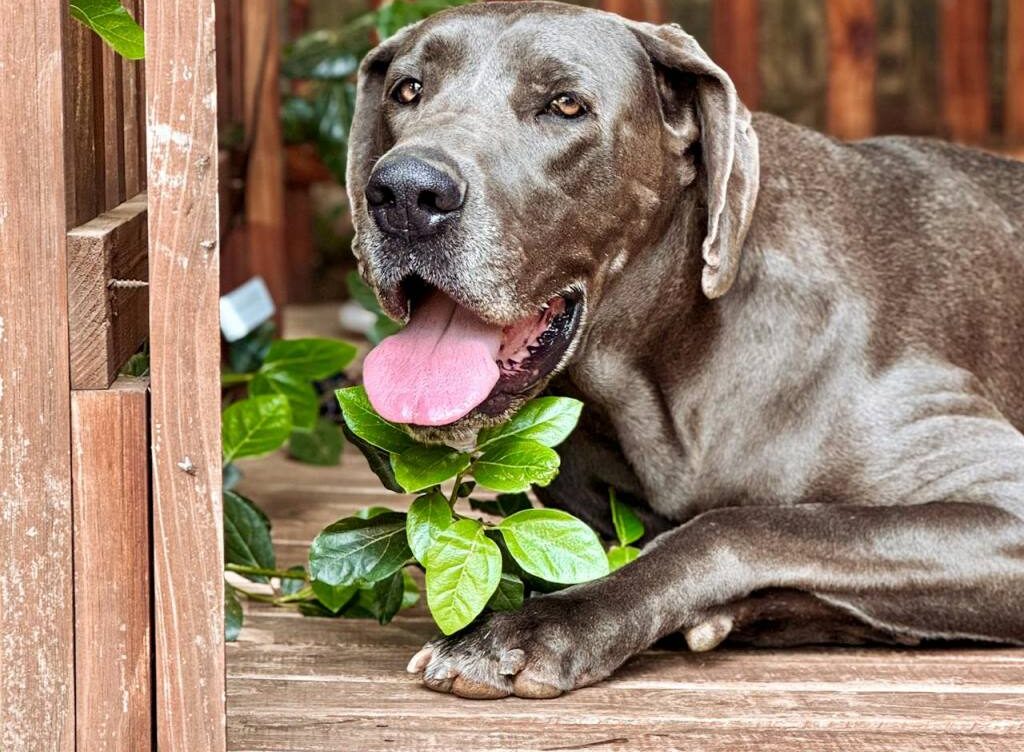
Big Dog, Big Love: Essential Training Tips for Large Breeds
The larger the dog, the more love they have to give! But with their impressive size comes the need for solid manners and training. Dogs weighing between 50 and 100 pounds are generally classified as “large breeds,” and they often require a slightly different approach to training. Here are some essential strategies to help guide your oversized pup toward becoming a well-mannered companion.
1. Master the Art of Greetings
While small dogs may get away with jumping up on people, a large-breed puppy attempting the same can be overwhelming! No one wants to be greeted by 100 pounds of enthusiastic energy. In addition to teaching the basics like Sit, Stay, Come, and Heel, it’s crucial to train your big pup to remain calm and composed when meeting people. Pro tip: When practicing, use a sturdy, non-retractable leash to maintain control over both your dog and the situation.
2. Get Your Pup Comfortable with Handling
When your dog is small, picking them up or guiding them with ease isn’t a challenge. However, as they grow, handling a strong, independent-minded pup becomes significantly harder. That’s why it’s important to condition them early to accept routine handling. Teach your dog to stay still and relaxed when you brush their coat, trim their nails, clean their ears, or brush their teeth. Leash training and reliable recall (coming when called) are equally important. This training will be invaluable down the road—because if your large dog decides they don’t want to enter the vet’s office, sheer strength alone won’t be enough to convince them!
3. Supervise Playtime Closely
Whether your big pup is playing with other dogs or children, keeping a watchful eye is essential. Large-breed puppies, particularly those still growing into their size, can be oblivious to their strength and may accidentally knock over their playmates. Some big dogs even enjoy curling up in laps—great if it’s yours, but not so much if it’s a small child’s! Stay nearby and be ready to intervene if play gets too boisterous, ensuring that everyone has a safe and enjoyable time.
4. Time Tricks and Exercise Wisely
Because of their size, certain tricks and activities may put strain on your dog’s joints. Some movements may be more challenging for them than for smaller breeds. Take your time and be mindful of what you ask your pup to do. High-impact exercises should be postponed until their joints have fully developed—typically after their first year. Additionally, be cautious about overexerting them on walks. Stick to shorter strolls on soft surfaces like grass, rather than hard pavement, and incorporate frequent breaks. As your pup grows, gradually extend walk times—remembering that playtime is also a great source of exercise!
5. Keep Training Sessions Short and Engaging
Even though your dog is big, their attention span is not! Short, focused training sessions—lasting no more than 15 minutes—are ideal for keeping them engaged and preventing frustration. Repetitive drills can quickly become tiring, so aim to wrap up each session on a positive note by ending with a command they already know. This builds confidence and keeps training enjoyable for both you and your dog.
